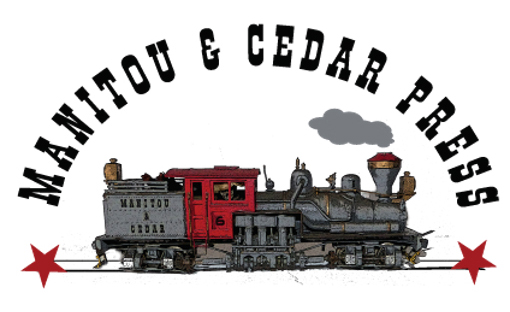I love lists, especially this one: the Bill of Rights.
I remember studying for something generations of American 8th graders have learned to dread; the Constitution Test. The Titles, the Articles, all that was pretty dry but the Bill of Rights was a list I could memorize. I loved the lofty language, the sentiments expressed in each Amendment; I loved the fact that, like the Commandments, there were 10. Though exactly why they’re called ‘amendments’ if the Founders included them at the same time as all the rest is something I don’t get now and didn’t then.
Be that as it may, the one I zeroed in on was the First. Maybe they wanted us to, that’s why they put it on top. Here’s what it says —
Congress shall make no law respecting an establishment of religion, or prohibiting the free exercise thereof; or abridging the freedom of speech, or of the press; or the right of the people peaceably to assemble, and to petition the Government for a redress of grievances.
Freedom of religion, the right to assemble, a free press, the right of redress; this is something, said my 8th grade self. All these freedoms, amber waves of grain, sea to shining sea, what more do you need? A lot, if you’re not a man, and a WASP, it turns out—but I didn’t know that then.
Soon afterward, I discovered the power of the pen.
The realization some sentences I parsed could be published in public, below my name, was a heady one. This is something, said my high school self, the first time some kid walked up to me and said, “I saw what you wrote.” I can’t remember whether he liked it, or thought it was crap. The point is, I wrote it, it was published, in accordance with my constitutional rights.
I like to think those rights are something my career, in its tiny way, helped preserve, protect and defend.
When I grew up and went into the newspaper business, I found out what everyone else does; that advertising, not circulation, paid the bills. I became an outspoken proponent of the separation of church and state, editorial and advertising; let’s keep them on different sides of the aisle. Different floors, preferably. When I had the clout I insisted that every Advertorial page be labeled as such, in bold, at the top of thge page. (Okay, in 7 point type). Here’s the deal: I wanted to make sure there was no chance readers would confuse this content with ‘news.’
Our generation grew up believing if it’s in the paper it must be true. Fact checking: that’s what newspapers do. And the networks. And the cable channels. We relied on them to point out when someone was shoveling Alternative Facts. But in the last few years some of them have reneged on this deal. They donated tons of free time and space to a TV host who dyes his own hair; publicized his complaints that they weren’t playing fair, then ran images of empty space and said there were people standing there.
Which is why, in the face of all this complicity, what happened the day after the election was such a surprise. The White House called a press conference; the president appeared, talked a bunch of trash, didn’t take any questions, then slunk out.
I was watching one of the two outlets that carried the remarks in their entirety. To me it was typical phony, sore-loser baloney, nothing out of the ordinary; there was no indication that some boundary had finally been breached.
But apparently the sight of someone posing before the presidential seal, emitting this torrent of tripe, after they’d stood in front of those damn maps all night was more than they could take.
The networks cut away. They said, we can’t put this out to the public until we verify it’s true.
And that was when I truly understood the scope of the First Amendment, a right it guarantees that usually stays out of view. Implicit in our freedom of the press, the right to report and disseminate the news, is also this one: the right not to.
